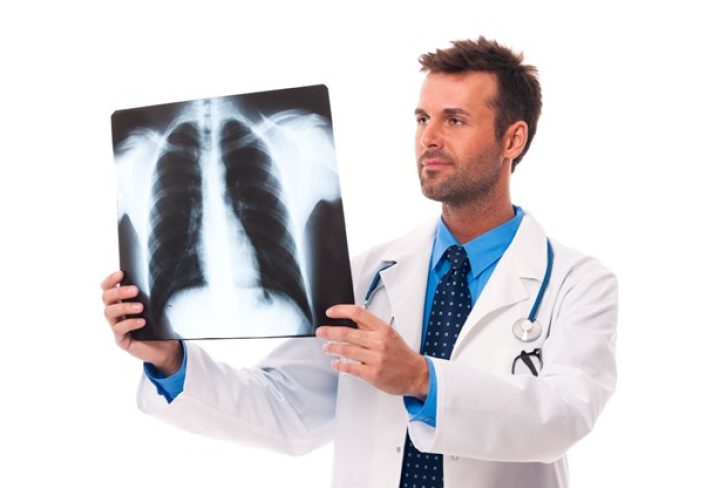Pulmonary hypertension is a serious illness affecting the blood vessels in the lungs. In simple terms, it means high blood pressure in the lungs. Over time, pulmonary hypertension can cause serious health issues if not treated on time. Understanding pulmonary hypertension is crucial because early detection can improve the patient’s life.
In urban India, people often ignore regular health check-ups due to busy lifestyles. But recognizing health signals early can prevent serious conditions like pulmonary hypertension. By knowing more about this condition, people can take better care of themselves and their loved ones.
This guide aims to help everyone understand pulmonary hypertension symptoms and pulmonary hypertension treatment options. Understanding these things can lead to early diagnosis and better management. Knowing what to look for and how to proceed can drastically change the outcome for someone affected by pulmonary hypertension.
Identifying the Symptoms and Causes of Pulmonary Hypertension
Pulmonary hypertension symptoms can start mildly but tend to worsen with time. Common symptoms include:
- Shortness of breath
- Feeling lightheaded often
- Extreme tiredness
Ignoring these signs can lead to bigger health problems. The causes of pulmonary hypertension vary. They can include genetic reasons or diseases like heart problems. Knowing what causes pulmonary hypertension helps in understanding the risks and taking preventive steps.
It’s important to see a doctor if you notice pulmonary hypertension symptoms. Early recognition can lead to timely and efficient pulmonary hypertension treatment. Often, these symptoms get mistaken for other less serious issues. But diagnosing them early is key to managing the condition effectively.
Remember, recognizing pulmonary hypertension causes is as important as knowing the symptoms. It can help in understanding who might be at risk, leading to preventive interventions.
Diagnosis and Treatment Options: Navigating Pulmonary Hypertension in India
Diagnosing pulmonary hypertension is possible through several approaches. Doctors may use methods like electrocardiography or right heart catheterization. These tests help in confirming the presence and understanding the severity of the condition.
After a pulmonary hypertension diagnosis, treatment can start. Several pulmonary hypertension treatment options are available in India. Treatments can be divided into two categories: conventional and targeted therapies.
- Conventional Therapies: This includes medications used to relax blood vessels or those that reduce fluid overload.
- Targeted Therapies: These drugs target specific pathways related to the disease.
In addition to medical therapies, making lifestyle changes is vital. A balanced diet and regular light exercises can aid the treatment process. However, it’s important to consult a healthcare provider before making any exercise regimen, especially for those diagnosed with pulmonary hypertension.
Alternative approaches are also gaining attention. Traditional practices like Ayurveda or yoga can complement mainstream treatment but shouldn’t replace it. They might provide therapeutic benefits like reduced stress and improved overall well-being.
The combination of modern medical practices and lifestyle adjustments can significantly influence the pulmonary hypertension prognosis. Early and effective treatment can help a patient lead a better life, highlighting the importance of early pulmonary hypertension diagnosis and regular follow-ups.
Living with Pulmonary Hypertension: A Holistic Approach to Management
When it comes to living with pulmonary hypertension, emotional support plays a vital role. Patients need compassion and understanding from family and friends. Maintaining a positive environment at home goes a long way in improving the patient’s mental health.
Families can assist by encouraging patients to adopt self-care habits. These include:
- Following a prescribed diet
- Taking all pulmonary hypertension medications timely
- Avoiding activities that can exacerbate the condition
Understandably, living with pulmonary hypertension can be challenging. Making small lifestyle changes can make daily life easier for those affected.
Seeking support from healthcare providers, patient networks, and online resources can significantly help in managing the condition. The more informed the patient and family are, the better they can handle the challenges posed by pulmonary hypertension. Encouragement and continuous learning can lead to better management of the disease, contributing to an improved quality of life.

